Annotation to the Working Programs for the Subject "Origins"
Course Title
Origins
Class
5-9 FGOS
Number of Hours
170
UMK
Sample Program for Origins by A.V. Kamkin, I.A. Kuzmin
Textbooks
A.V. Kamkin "Origins" 5th grade, A.V. Kamkin "Origins" 6th grade, A.V. Kamkin "Origins" 7th grade, A.V. Kamkin "Origins" 8th grade, A.V. Kamkin "Origins" 9th grade
Course Objectives and Tasks
The aim of the "Origins" course is for students to master the system of leading value orientations of domestic civilization, to connect with the stable "core," "code," and meanings of the native culture.
The course is aimed at developing the inner, spiritual world of the student to realize themselves as an active subject in the preservation and multiplication of the spiritual, moral, and socio-cultural experience of the Fatherland.
In terms of personal development, the "Origins" course is designed to form a student's own view on serving the Fatherland, instilling qualities of patriotism, citizenship, and a stable, selfless attachment to the Fatherland, the homeland, family, and fellow citizens. It aims to shape students' orientation toward the basic spiritual and moral values of Russian culture, and on this basis, help form their own life stance.
In terms of socialization, the "Origins" course aims to determine and develop students' orientations within the modern socio-cultural environment, domestic spiritual and cultural heritage, and contribute to the formation of their civil and cultural identity. By educating students as worthy representatives of their culture, who know, feel, and accept its ideals and values, the course also creates conditions for the development of students' cooperation skills in the modern multi-ethnic and multi-cultural society, striving for social consolidation and stability in Russian society.
Program Structure
Explanatory Note
-
Objectives and tasks of the "Origins" course
-
General description of the course
-
Defining the place of the academic course in the curriculum
-
Personal, meta-subject, and subject results of learning
-
Content of the academic course
-
Curriculum plan
-
Criteria and norms for assessing students' knowledge, skills, and abilities
-
Description of material, technical, educational-methodical, and informational support for the educational process
-
Control and assessment tools
Course Title
Origins
Class
5-9 FSES
Number of Hours
170
UMK
Sample Program for Origins by A.V. Kamkin, I.A. Kuzmin
Textbooks
A.V. Kamkin "Origins" 5th grade, A.V. Kamkin "Origins" 6th grade, A.V. Kamkin "Origins" 7th grade, A.V. Kamkin "Origins" 8th grade, A.V. Kamkin "Origins" 9th grade
Course Objectives and Tasks
The objective of the "Origins" course is for students to master the system of leading value orientations of domestic civilization, to connect with the stable "core," "code," and meanings of the native culture. The course aims to develop the inner, spiritual world of the student to realize themselves as an active subject of the preservation and multiplication of the spiritual, moral, and socio-cultural experience of the Fatherland.
Tasks:
-
Developmental:
-
Developing the inner, spiritual world of the student to realize themselves as an active subject, preserving and multiplying socio-cultural experience.
-
Stimulating cognitive interests, intellectual and creative abilities, spiritual and moral values, and independent acquisition of new knowledge.
-
Educational:
-
Cultivating love for the country, effective collaboration skills, integration of teaching and education into a unified educational process based on the values of domestic culture.
-
Educational:
-
Accumulating socio-cultural experience.
-
Forming civic responsibility and awareness of the spiritual meaning of serving the Fatherland by students, their parents, and teachers.
Program Structure
Explanatory Note
-
Objectives and tasks of the "Origins" course
-
General description of the course
-
Defining the place of the academic course in the curriculum
-
Content of the academic course
-
Curriculum plan
-
Criteria and norms for assessing students' knowledge, skills, and abilities
-
Description of material, technical, educational-methodical, and informational support for the educational process
-
Control and assessment tools
Hvordan vindueslængde og vinduesstakning påvirker EEG-analysemodeller
Hvordan garam masala og lokale krydderblandinger former de asiatiske køkkener
Hvordan Markov-processer og forskellighedsligninger relaterer sig til løsning af ikke-lineære algebraiske ligninger
Hvordan Angular Arbejder: Grundlæggende Principper og Programmeringsparadigmer
Informations- og analyseoversigt for den kommunale folkeskole nr. 2 i byen Makaryev: System til støtte for elever med lav akademisk præstation
Instruktion for skolelærerens rolle som koordinator for konfliktløsningstjeneste
Opgave C1 på kemi EGE. Karakteristika, råd og anbefalinger.
Materielle og tekniske ressourcer til undervisning, inkl. tilpasninger for elever med handicap og særlige behov

 Deutsch
Deutsch
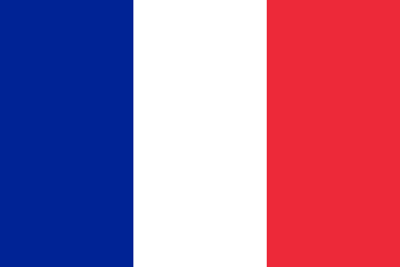 Francais
Francais
 Nederlands
Nederlands
 Svenska
Svenska
 Norsk
Norsk
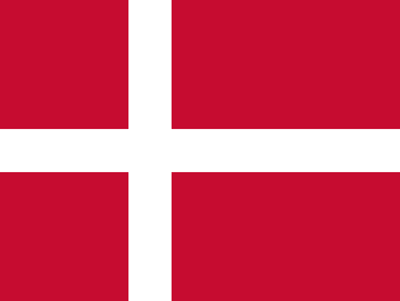 Dansk
Dansk
 Suomi
Suomi
 Espanol
Espanol
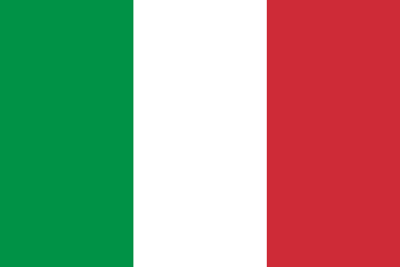 Italiano
Italiano
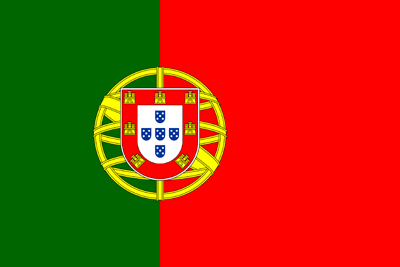 Portugues
Portugues
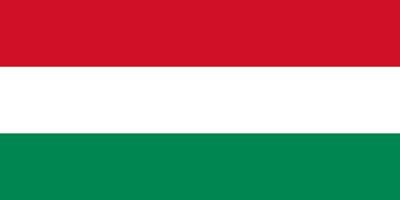 Magyar
Magyar
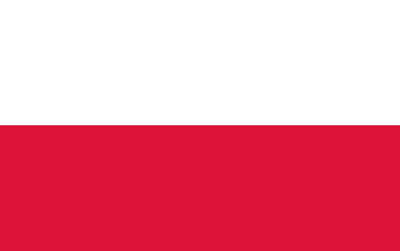 Polski
Polski
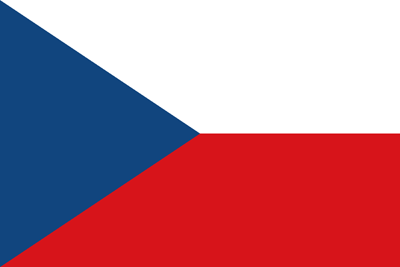 Cestina
Cestina
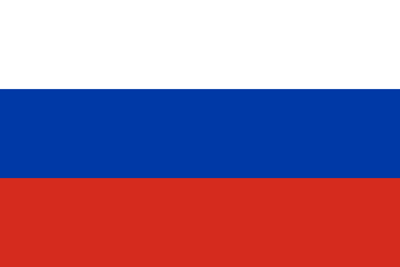 Русский
Русский